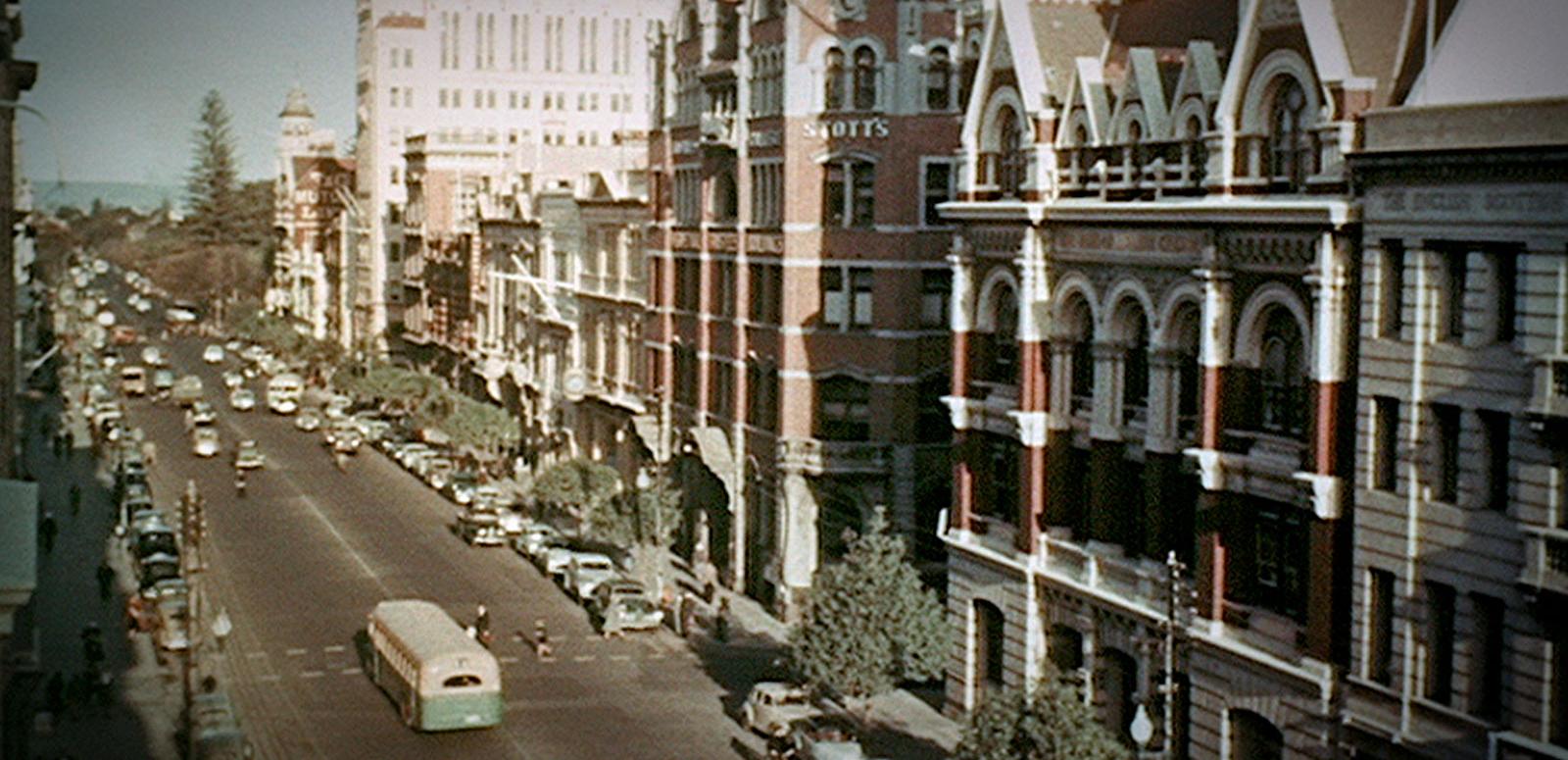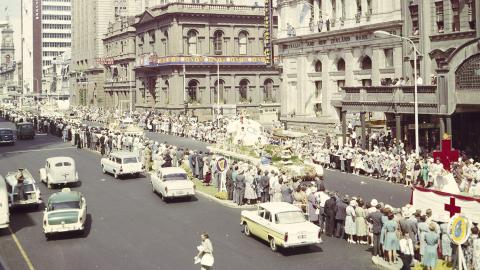

https://nginx-develop-nfsa2.govcms7.amazee.io/sites/default/files/collection/hero_image08-2017/perth-hero-image2.jpg
Perth Time Capsule
Perth Time Capsule
Exploring our nation's golden west
Explore the beauty of Perth, Western Australia and surrounds in this collection of footage covering 1907 to 1972.
Discover streets scenes in Perth from more than a century ago, see a snapshot of life in the early 1960s, take in the beauty of the Kings Park gardens in the spring of 1957 and get amongst the awesome tall timber of the Karri Country.
The National Film and Sound Archive of Australia acknowledges Australia’s Aboriginal and Torres Strait Islander peoples as the Traditional Custodians of the land on which we work and live and gives respect to their Elders both past and present.


